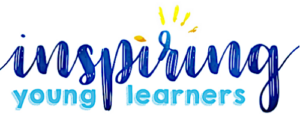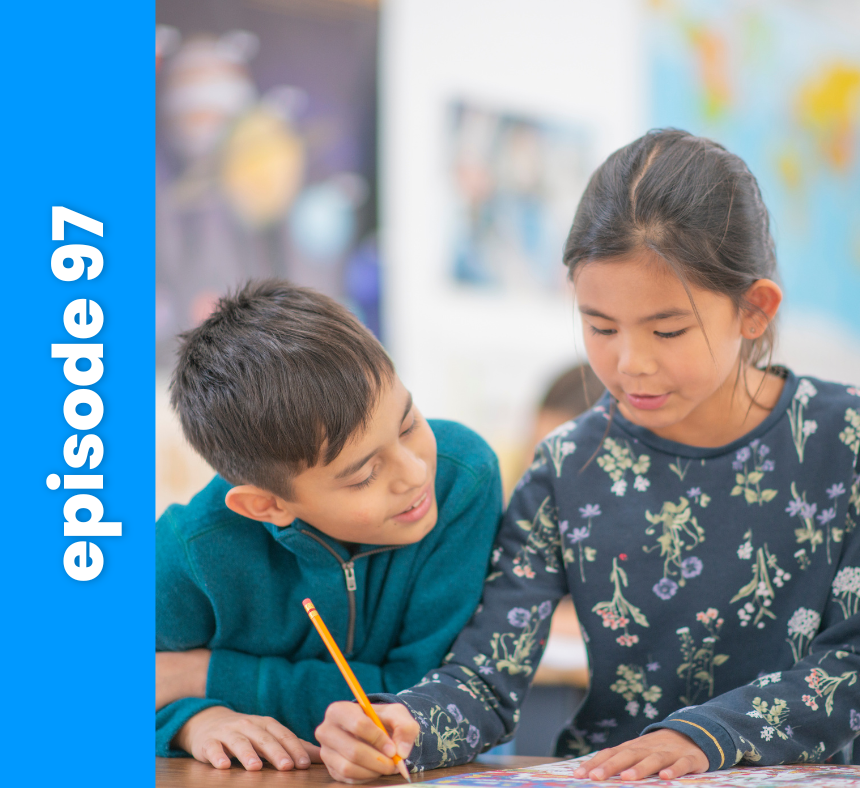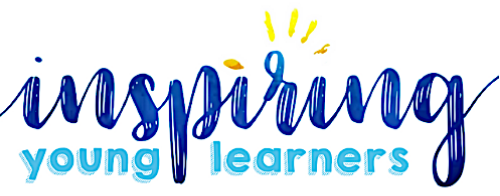Cooperative learning strategies can be a powerful addition to the toolkit of an ESL teacher!
Today’s episode is all about fostering effective peer interaction to keep our classrooms buzzing with energy and active participation.
We believe in the power of cooperative learning and its potential to crcallaway reva femme hängemattengestell preisvergleich scarpe eleganti senza lacci Purchase college team jerseys at a discounted price and of high quality tp link remote control logitech c270 microphone not working converse blanche et doré basket léopard femme brandon aiyuk youth jersey meilleur lampe uv callaway reva femme sbloccare oblo lavatrice ariston nike technical cross body bag játék hajszárító árukeresö golf d ate dynamic, engaging classrooms. Today, we’re going to delve deep into how to scaffold these strategies into your daily teaching routine with ELLs. The best part? You can use these techniques whether you’re teaching 10th-grade math or guiding second graders through their language journey.
But first, let’s start with the basics.
What is Cooperative Learning?
Cooperative learning is an instructional approach that brings students together to work toward a shared goal or solve problems collaboratively. Why is this approach so important for ELLs? It offers them authentic opportunities to practice their language skills, learn from their peers, and build confidence in a supportive environment.
Think about your own educational experiences. Were you the student who had to respond, share, and read in front of the class? If so, you’re probably familiar with the anxiety that comes with being put on the spot. Cooperative learning aims to break free from this outdated classroom setup and create a space where all students can actively participate and engage in oral conversations. And it provides a safe environment for students to practice, apply, and understand the subtle nuances of language.
Today’s strategies come from Kagan. The Kagan approach involves three key elements:
- Organizing Classroom Instruction: It’s about defining how teachers and students interact with the curriculum.
- Content-Free and Repeatable: These strategies aren’t tied to specific curricula; they’re adaptable to various subjects and topics.
- Implementing Cooperative Learning Principles (PIES): PIES stands for Positive Interdependence, Individual Accountability, Equal Participation, and Simultaneous Interaction. These principles ensure that students work together effectively.
4 Cooperative Learning Strategies to Use Now
Now, let’s explore 4 must-use cooperative learning strategies that will set your classroom abuzz with peer interaction and active student involvement:
- Think Pair Share: A classic technique that encourages students to think independently, pair up, discuss, and then share with the whole class. It’s perfect for quick discussions throughout your lessons.
- Inside Outside Circle: This strategy gets everyone talking at the same time. It’s versatile and ideal for reviewing, applying, or discussing various topics.
- Numbered Heads: In this strategy, students work together to provide an answer or explanation. Each student has a number, and they collaborate to ensure their responses are accurate.
- Showdown: Showdown is a fantastic opportunity for students to take on the teacher’s role for a moment. It puts the responsibility of learning and teaching onto the students themselves.
With these strategies, students will be interacting, discussing, and contributing actively, whether they’re newcomers or more advanced language learners. In the episode Beth shares great insight into how to adjust these for newcomers and why these strategies have added benefit for our ELLs.
Scaffolding and Support
To ensure your cooperative learning strategies work seamlessly, consider these key factors:
- Strategic Pairing and Grouping: Pair students with proficient English speakers, native language speakers, or students at similar language levels.
- Sentence Stems: Provide sentence stems to help students engage in conversations more easily
- Visual Supports: Use diagrams and visual aids to clarify each step of the strategy and guide your students
- Roles and Responsibilities: Define clear roles within each group to maintain structure and ensure everyone participates actively.
Now, as you embark on your teaching journey this week, think about how you can incorporate these cooperative learning strategies into your lessons. Remember, it’s all about boosting student interaction and reducing teacher talk time. The more they talk, the more they learn. I promise you’ll see incredible growth in your students’ language skills.
As always, we aim to make your teaching life easier, so grab your Cooperative Learning FREEBIE below! Whether you’re a seasoned educator or just starting your journey, cooperative learning is a fantastic tool to enhance your classroom dynamics and help your students thrive.
Resources:
- Join the Equipping ELLs Membership (We have everything you need for your school year!)
- Shop our TpT Store for Hundreds of ELL Resources
- Tell us how Equipping ELLs has helped you to be featured on our 100th episode!
- FREEBIE: Cooperative Learning Strategies with ELLs
Connect with Beth:
More about Equipping ELLs:
We all know that teaching isn’t easy, but it doesn’t have to be this hard. Equipping ELLs is a podcast for both ESL specialists and homeroom teachers who are looking for effective and engaging ways to support their English Language Learners without adding to their endless to-do list. Tune in each week to hear tips, strategies, and inspirational stories that will empower you to better reach your ELL students, equip them with life-long skills, and strengthen relationships with colleagues and parents.
Your host, Beth Vaucher, is the founder of Inspiring Young Learners. She is an ESL certified homeroom teacher with over 10 years of experience teaching in the US and internationally. Her background of M.Ed in ESL and Curriculum and Instruction combined with her experience has led her to develop a bestselling newcomer curriculum that has sold in over 90 countries around the globe. She brings a different perspective to teaching ELLs from her years teaching and living abroad and working with ELLs from around the world. You will walk away from each episode with the ideas and tools you need to transform your experience as a teacher and cultivate a thriving and welcoming environment for your ELL students.


